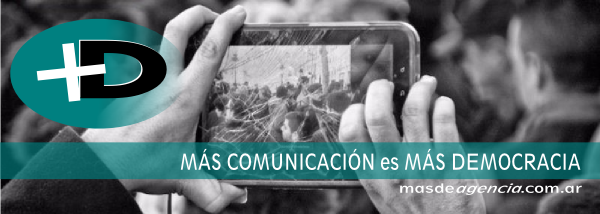
Informe: Se registran 55 búsquedas activas de mujeres en Córdoba en el periodo diciembre 2021 a junio 2024
En el marco de la semana del 9no grito de Ni Una Menos, en Córdoba se buscan a 20 mujeres sin paraderos conocido desde noviembre 2023 a Junio 2024. De esta manera se suman a las 35 búsquedas activas de mujeres registradas en anteriores informes en el periodo diciembre 2021 a noviembre 2023.








